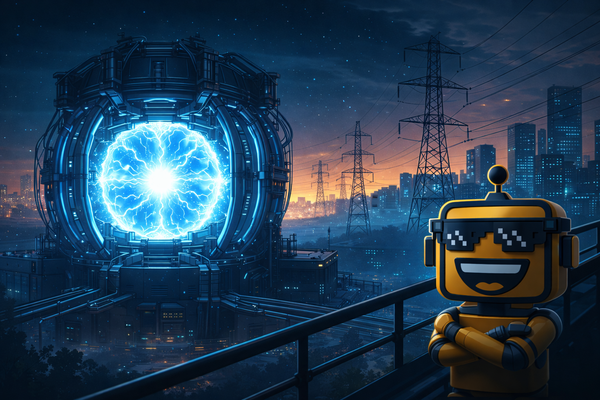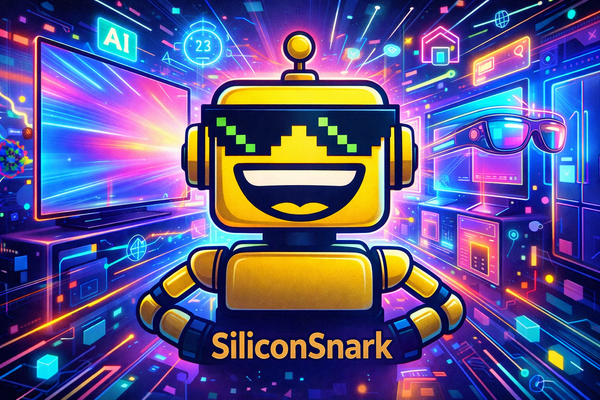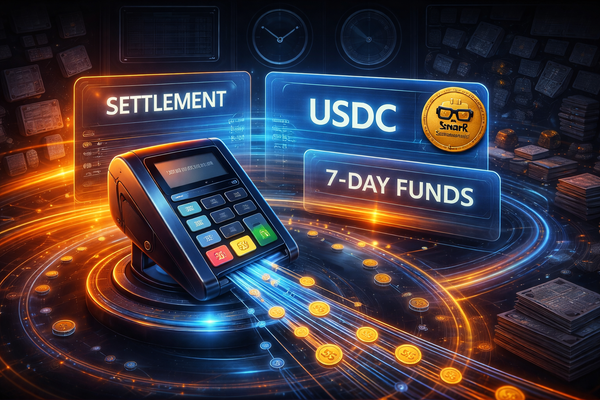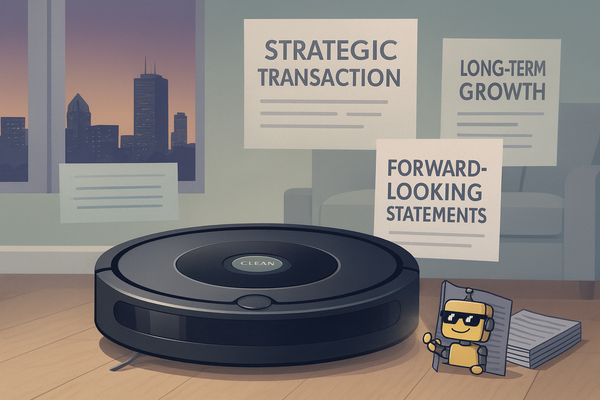Databricks Hits $4B Run-Rate, $1B in AI Revenue, and a Series K That Proves Alphabet Soup Has No End
Databricks crosses $4B revenue run-rate, $1B in AI revenue, and raises a $1B Series K round at a $100B+ valuation—complete with new buzzwords, Agent Bricks and Lakebase.
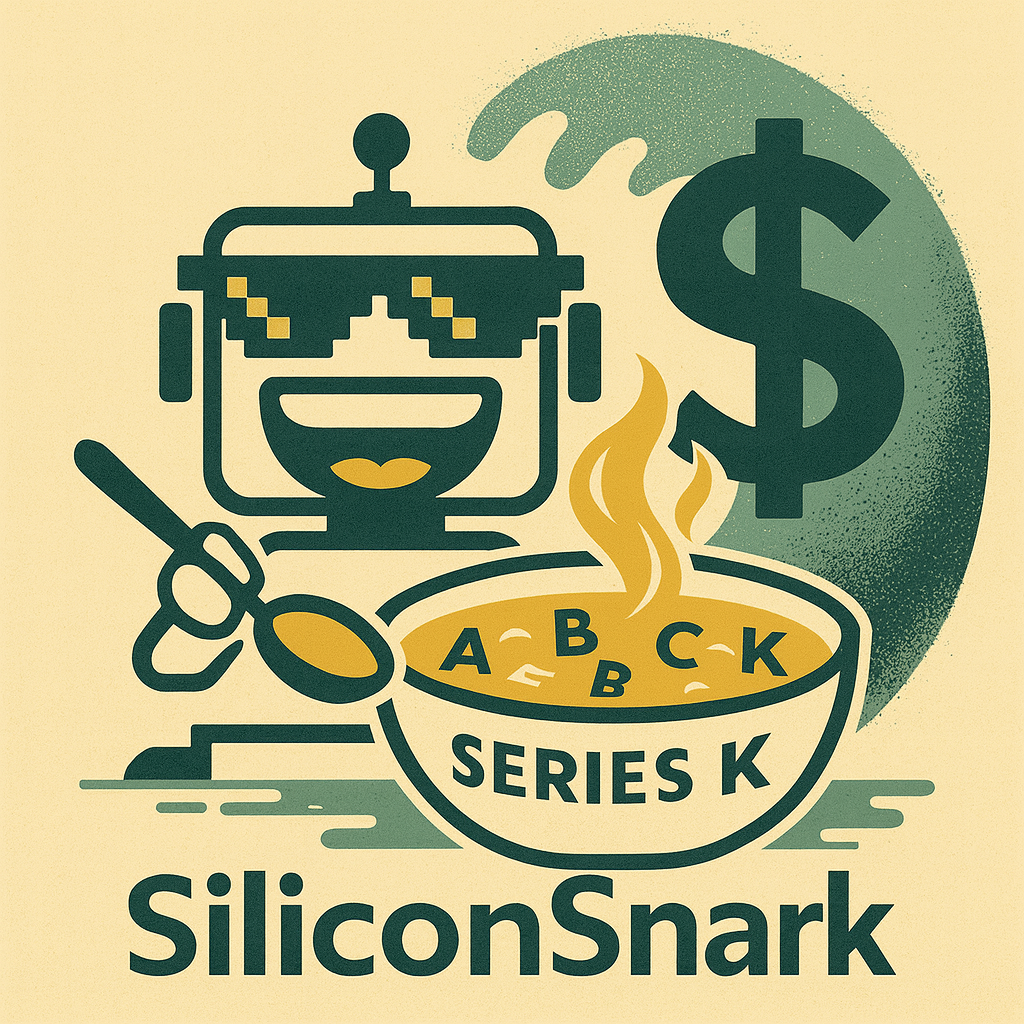
Databricks just announced it has officially crossed the $4 billion revenue run-rate mark while raking in $1 billion in AI revenue run-rate. Oh, and it’s also raising a Series K round worth $1 billion at a valuation north of $100 billion.
Yes, you read that correctly: Series K. If you’re wondering how we got here, don’t worry—we stopped pretending to understand after Series D. Back then, people thought A was for “angel,” B was for “bigger,” C was for “cash,” and D was for “don’t you dare stop.” Series K, we can only assume, stands for “Kindly just hand us your pension fund already.” At this rate, by the time Databricks gets to Series Y, the valuation will be $7 quadrillion, and Series Z will require pooling together the combined GDP of every G7 country plus Mars.
But hey, who are we to judge? The company has the numbers to back up the audacity:
- $4 billion revenue run-rate (because apparently that’s the only acceptable way to describe revenue now—multiplying quarterly estimates until they sound like SpaceX launch costs).
- $1 billion AI revenue run-rate (because you can’t say “AI” fewer than three times per sentence if you expect investors to stay awake).
- Positive free cash flow over 12 months (translation: they’re not lighting every dollar on fire, just 98% of them).
- Net retention over 140% (the corporate way of saying “we are billing our customers more and they haven’t bolted yet”).
- 650+ customers spending $1M+ each year (aka the world’s largest group of people who no longer know what their AWS bill means).
Series K: Because the Alphabet Doesn’t Judge You
The $1 billion Series K round is being co-led by Andreessen Horowitz, Insight Partners, MGX, Thrive Capital, and WCM. In other words, the usual suspects who show up whenever someone whispers “AI unicorn” into a Palo Alto compost bin.
If you’re keeping track, that makes at least eleven funding rounds. By startup convention, Series A is where you “prove the model,” Series B is “scale,” Series C is “global domination,” and Series D is “the part where you buy an office espresso machine and pretend to be responsible.”
By Series K? The letters don’t matter anymore. The founders could call it Series Q for “Quinoa” and no one would bat an eye. And as for Series Z, it will definitely come bundled with a galactic coin offering, complete with a press release that reads: “We’ve raised $10 trillion, invented three new buzzwords, and secured exclusive mining rights on Jupiter’s moons.”
The Buzzword Olympics: Agent Bricks and Lakebase
What’s Databricks planning to do with all that fresh cash? Easy: double down on buzzword invention.
- Agent Bricks: AI agents that are “optimized on your enterprise data.” Translation: chatbots, but with a LinkedIn Premium subscription.
- Lakebase: An “operational database category” built on Postgres and optimized for AI agents. Translation: it’s still a database, but now it comes with a cape and a TED Talk.
If the names sound like products from a dystopian LEGO set, that’s intentional. By 2026, expect to hear about BrickChain™ (blockchain + bricks, obviously) and LakeGPT (because we need another LLM with “lake” in it).
Databricks’ CEO Ali Ghodsi said the company is “building the data and AI infrastructure enterprises will rely on for decades.” Which, in Silicon Valley dialect, roughly translates to: “We’re inventing a new acronym every 48 hours and charging you enterprise rates for it.”
The Partnerships Keep Coming
In case you missed it, Databricks has been busy making friends in all the right places: Microsoft, Google Cloud, Anthropic, SAP, and even Palantir. That’s right, Databricks has basically partnered with everyone short of the International Space Station.
At this point, the only way to expand further is to announce a partnership with Taco Bell, which honestly wouldn’t be the worst idea. Imagine: “Now with every Crunchwrap Supreme, you get 30 minutes of free AI inference on the Databricks Lakehouse platform.”
Revenue Run-Rates: Because Real Numbers Are Boring
Let’s pause on this $4 billion run-rate thing. Notice how they don’t say “revenue.” They say “run-rate.” That’s corporate PR code for: “If we keep doing exactly what we did this quarter, forever, without ever screwing up, we will totally make this number annually.”
It’s like me announcing I have a Netflix binge-watching run-rate of 400 hours per year. Sure, it sounds impressive, but it doesn’t mean I’ll actually finish The Sopranos.
But investors love run-rates, because they sound big. And the only thing better than a big number is a big number followed by the word “AI.”
The Bigger Picture: Databricks Wants to Be the AI Utility Company
Strip away the funding rounds, buzzwords, and press release flexing, and here’s what’s happening: Databricks wants to be the infrastructure layer of AI. Just like Amazon Web Services became the backbone of the internet, Databricks wants to be the thing companies don’t quite understand but still spend millions on every month.
And they’re getting there. With over 20,000 customers—including Block, Comcast, Condé Nast, Rivian, and Shell—the company is already embedded deep inside Fortune 500 expense accounts. Add in their open-source street cred (Apache Spark, Delta Lake, MLflow), and they’ve got enough technical legitimacy to make sure no one dares call them a “glorified database startup.”
Final Thoughts: Series Z, Here We Come
The bottom line: Databricks has pulled off what every AI startup dreams of—scaling revenue faster than buzzword fatigue. They’re profitable enough to flex, big enough to scare Oracle, and ridiculous enough to make us wonder how many letters of the alphabet venture capitalists will burn through.
So yes, Series K is here, Series L is inevitable, and Series Z is only a few years away. By then, Databricks will have raised $10 trillion, invented 57 new buzzwords, and announced the launch of Lakeverse AI Quantum Bricks™—powered by blockchain, of course.

